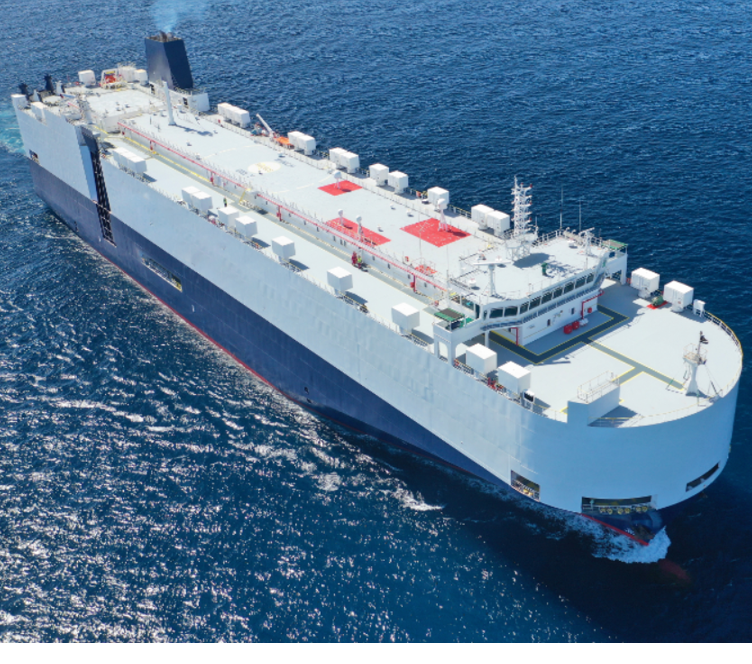- UNITS
- Unit 14 - Position, Direction & Speed
- The Game of Words
- Prof. Xue and Luk's Conversation
- An Active Reader
- Asking Questions
- Language Knots
- Test Corner
- LEARNING

♦ This introductory exercise aims to give you a feel for the sound and rhythm of the language, whilst presenting an overview of the maritime topic at hand. ♦ By reading and then listening to the accompanying audio, you’ll discover how words are pronounced and some simple sentence structures. ♦ Once you are comfortable with how the written and spoken words are connected, you’ll be ready to focus on keywords in the next exercise.
Position, Direction and Speed
Navigation. Now, this is quite a topic. Navigation is predicting where and when you will be in the future after moving along a particular route. Therefore, to navigate, you need to know your position (or distance), your direction, and your speed.
In each of these three bits of information there is a chance of measurement error, this is called uncertainty. The level of uncertainty combines all of the instrument’s measurement accuracy, the accuracy of the predictive system, and the care of the person navigating. We’ll now look at the sailors’ approach to position, direction, and speed.
Position is where you are relative to another place, or your ‘reference point’. For position, you need measurements of distance. Humans first used their bodies to create distances. The cubit is the length of the human forearm, it was used in Egypt, Mesopotamia, and across the ancient world. A fathom is a measure of depth of water, it's the length between fingertips of a man with outstretched arms. Paces, or steps, could be used on land when walking to define a distance, a mile was first a certain number of paces, but on the oceans this isn’t possible.
In 1889, in France, humans moved away from body measurements and used the Earth itself. We adopted the meter, which is one ten-millionth of the distance between the Equator and the North pole. On the oceans, we use nautical miles, which is one-sixtieth, or one minute, of one degree of latitude. As discussed, because there are no landmarks at sea, we used latitude as a reference point to find our position.
Next is speed, or the distance traveled per a unit of time. To measure speed accurately, we need reliable measurements of distance and measurements of time. A nautical mile is 1852m; it is difficult at sea to measure time and, therefore, speed, over such long distances. Sailors developed chip logs as a very simple solution. The chip is a wooden float on the end of a rope, and the rope has knots tied at regular distances. This was thrown behind the boat, and sailors counted the number of knots that flowed into the sea during a certain time. The length of the rope behind the boat was the distance travelled, the number of knots was, therefore, a good measurement of speed.
Finally, we need direction. Again, on land we can use landmarks, and travel away or towards them. But on the open ocean, we need the cardinal directions: North, South, East, and West. We can find these by celestial bodies, or through using a magnetic compass. The compass shows the direction to the magnetic North Pole. This magnetic pole changes over time with the Earth, but at the moment it’s only slightly different to the True North Pole. This difference is called variation, and changes up to 20 degrees depending where on Earth you are. Compasses are also affected by metal around them, so it is not easy to get a perfect measurement.
So, with these three pieces of information, position, direction, and speed, we can navigate around the world, and through the rest of this course.
